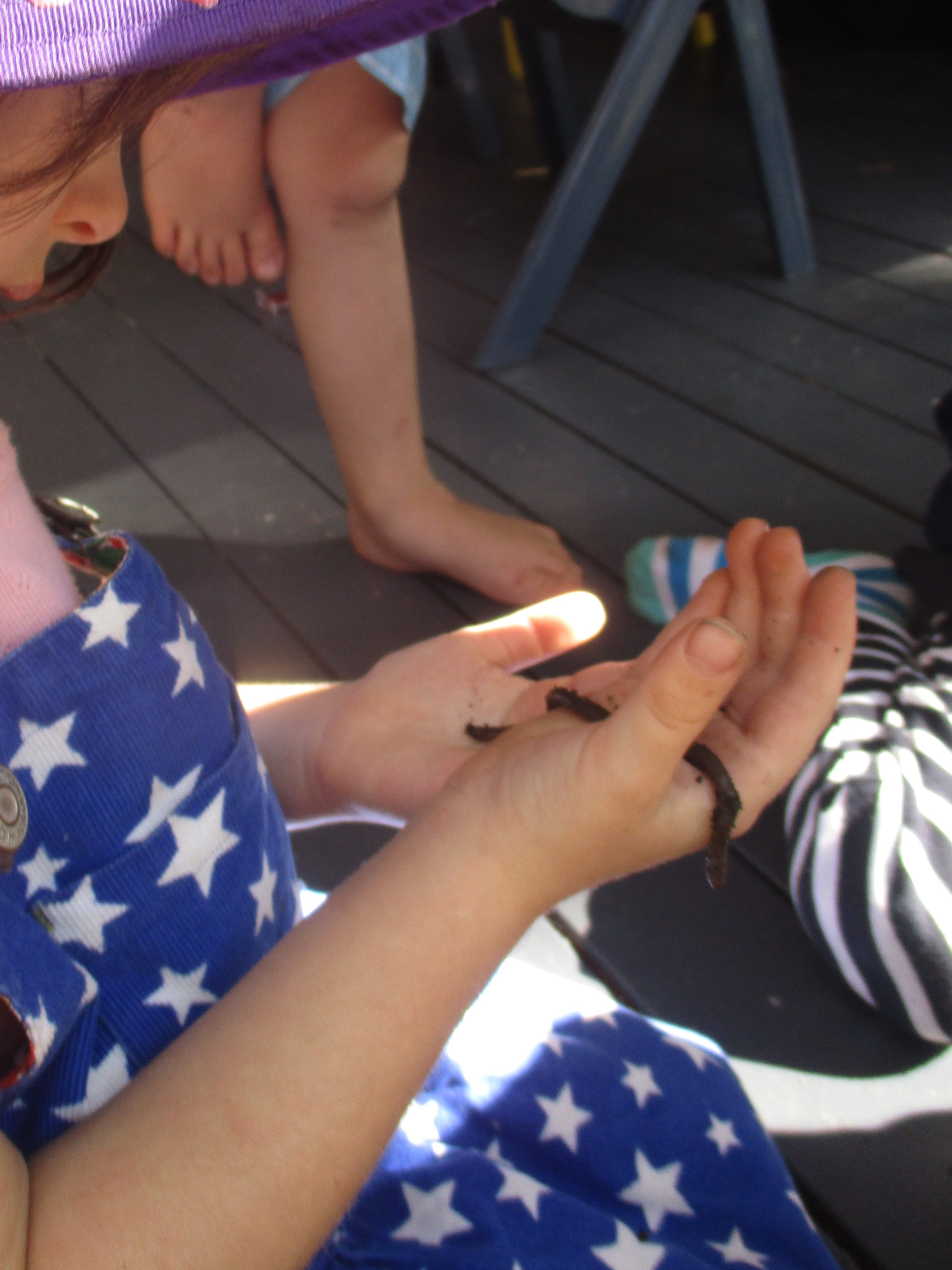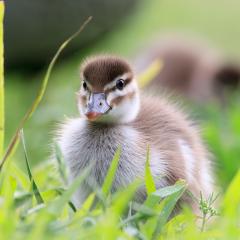 UQ’s Campus Kindergarten kids have made some new animal friends lately thanks to their smart worm farm, a fantastic feat of sustainable engineering and a key environmental education resource.
UQ’s Campus Kindergarten kids have made some new animal friends lately thanks to their smart worm farm, a fantastic feat of sustainable engineering and a key environmental education resource.
Designed by UQ software engineering student Jack Nottle as part of his final-year thesis project, the farm is part of Senior Lecturer Dr Alex Pudmenzky’s Smart City research initiatives, which explore various ways of using ‘the Internet of Things’ (the concept of connecting any device to the internet) technologies.
For Jack’s project, this involved making a ‘smart’ worm farm that’s sustainable as well as functional. The farm’s key features include an automated hydration system, temperature and moisture sensors, an infrared (IR) camera and a web app; the farm also runs on solar power.
‘The hydration system is connected to a tap via a hose and sprays water into the farm when moisture levels get low’, Jack explains. ‘This makes the farm more self-sufficient and keeps track of water use. Data sensors are used for the watering system, and are also useful for ensuring that the farm provides an optimum environment for the worms’.
The farm’s IR camera snaps photos every hour, allowing the kids to keep track of their new friends and learn all about what the worms do down in the soil. And it turns out that worms are pretty sustainability savvy—they’ll eat most food waste and process it into nutrient-rich plant food, and worm castings and tea are excellent for plant health.
The kids are feeding the worms food scraps and using the farm compost in their own Campus Kindergarten veggie garden—activities that are giving them valuable insight into caring for the environment, recycling and reducing food waste. ‘The children are also responsible for looking after and harvesting the veggie garden, which will eventually be used for kindy cooking activities’, explains Campus Kindergarten teacher Yvonne Paujik.
‘As children are hands on, they love the feel of the worms in their hands—but the question they often ask is how worms see underground and what they actually do in the soil. With the camera, the children can observe the worms and have a better understanding of how they live under the soil’.
All of this helps inform the children’s understanding of the environment and the importance of sustainable practice, as well as building other key life skills.
‘Their ability to take ownership of the worm farm through feeding the worms, measuring how much they’ve eaten (via the app) and observing them through the camera helps them develop their problem-solving, curiosity, imagination and confidence’, explains Yvonne.



